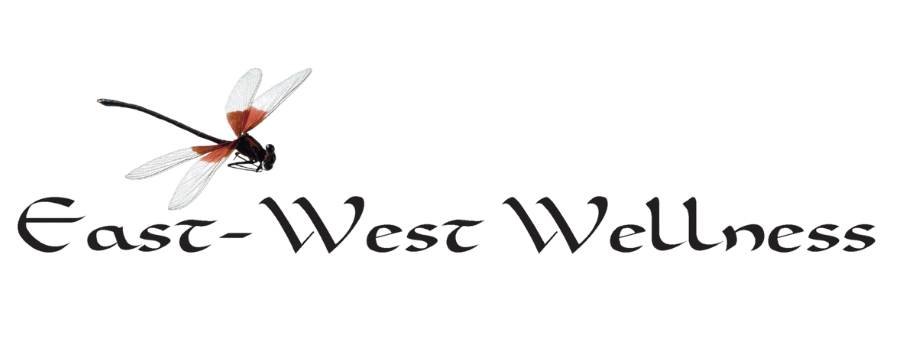Energetics of Melon: Origins Unknown
A summertime favorite, melons are a great way to beat the heat and get a yummy snack in! The origins of Melon’s are highly debated by historians. Some say they came from Persia, others Africa, and even Afghanistan. While the origins may be disputed, everyone agrees that melons have been around for a long time. The first mention of melons were in the epic of Gilgamesh in 2,500 BCE. Marco Polo wrote about them in Afghanistan in the late 11th century.
Melons that we know in the US are actually a part of the muskmelon family, which is closely related to cucumbers, squash, pumpkin, and gourds. Like many of its family members, melons also grow on the ground on a vine. The two most popular melons in the US are cantaloupes and honeydews.
The peak season for melons is June to August, but they are available all year round.
How to Choose and Store
To find the best tasting and most nutritious melon, look for one that is ripe with a sweet aroma. to check for ripeness you can tap the melon and listen for a hollow sound, look for one that is heavy for its size, look for a yellow or cream-colored rind, look for a smooth and slightly indented “full slip” (the area where the stem meets attaches), and look for one that has the subtle hint of sweetness. Avoid melons that have no aroma or that have green undertones (as that may suggest it is under-ripe). Avoid melons that have any bruised spots, soft spots, or that has a very strong aroma, as that suggests over-ripeness.
Melons can last up to 5 days if stored correctly. Proper storage starts with making sure to refrigerate it. Place the whole. uncut melon in the fridge. If you cut it up, place the pieces in an airtight, glass or metal container and place it in the fridge. If not stored properly, the melon will only last around 2 days.
Nutrition
Melons are high in beta-carotene and vitamin A, an important vitamin in the health of vision and your eyes. Melons are also a great source of the antioxidant vitamin C. Vitamin C is also great for immune system support, in that it stimulates white blood cells to fight infections, can directly kill many bacteria and viruses, and helps regenerate vitamin E into its active form. Melons are great for cardiovascular health as well. They are a great source of potassium, which enhances healthy muscles contractions, resulting in maintaining healthy blood pressure. The folate and vitamin B6 in Melons help keep homocysteine levels in check, high homocysteine levels have been found to damage artery walls and contribute to cardiovascular disease. Melons are one of the best sources for myoinositol, a building block for cell membranes. Melons are also a source of niacin and deficiency of this vitamin has been linked to genetic/DNA damage.
Melons, especially Cantaloupe, are high in an enzyme called superoxide dismutase (SOD). This enzyme helps protect against damage to our mitochondria and other cellular structures. Our bodies produce some of this enzyme. but we need to get the majority of it from food. Melon-derived SOD has been shown to improve insulin sensitivity and vascular function, and to reduce physical and mental fatigue.
Energetics
Melons are cool in temperature and sweet in flavor. They harmonize the middle jiao, which includes the Stomach, Spleen, and Liver, and is synonymous with digestion. They cool heat and transform phlegm, especially for Lung Heat. Melons are also great for protecting from and treating summer heat (heat stroke).
Fragrant Melon Balls
Ingredients
1 Cantaloupe
1 cup fresh mint or basil leaves
1 TBSP of lime or lemon juice
Preparation
Cut Cantaloupe in half and scoop out seeds. Starting at the edge, scoop out balls and work your way to the center.
Toss the melon balls in a bowl with the mint or basil leaves and add in the lime or lemon juice.
Refrigerate for at least 4 hours. Stirring occasionally.
OPTIONAL: Mix and match other melons, such as honeydew, watermelon, etc.
Source
Mateljan, George. The World’s Healthiest Foods: Essential Guide for the Healthiest Way of Eating. George Mateljan Foundation: Seattle, 2007. Print.
Pitchford, Paul. Healing with Whole Foods: Oriental Traditions and Modern Nutrition. North Atlantic Books: Berkeley, 1993. Print.



